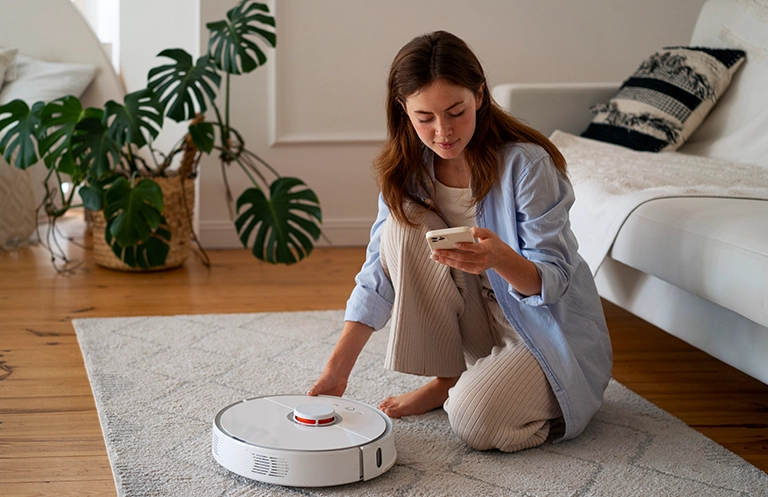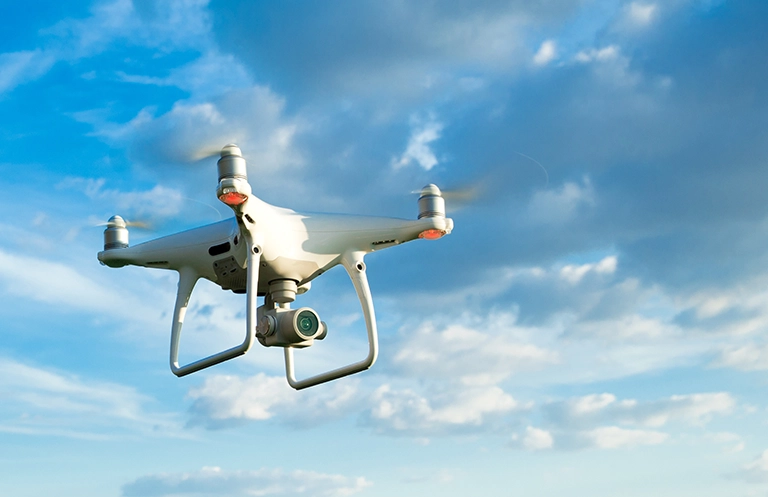Artificial Intelligence (AI) has enabled applications and functionalities that were previously considered unreal and is impacting almost every industry. It has also made autonomous machines a reality and will also result in much higher efficiency, speed, and sustainability. Automation has also improved safety standards for the workforce by providing an option of automated monitoring and alerts for potentially hazardous situations.
While we see many benefits and applications of autonomous machines, there are many technical constraints and limitations to getting these machines to market. Many technology companies and forums have made significant progress in addressing these challenges. In this blog, we would like to touch upon some key considerations and technologies related to autonomous machines.
Key considerations and technologies related to autonomous machines.
Platforms and Processors
There are many platform companies that have launched processors targeted at autonomous machines. These processors are multi-core, low power, and form-factor that have dedicated AI-engine for high-performance computing. The platform needs to support multiple cameras and sensors along with software pre-defined SDKs for faster deployment of various functions.
NVIDIA Jetson family is one of the platform options for autonomous machines. This small form factor, high-performance processor offers pre-built NVIDIA JetPack™ SDK, pre-built AI models, sensor ecosystem, and camera partners to speed up development.
Qualcomm Robotics RB5 Platform is one more platform that is targeted at AI-enabled, low-power robots and drones. The robotic platform is based on an octa-core Qualcomm QRB5165 processor that offers powerful heterogeneous computing and comprises of dedicated Qualcomm® Artificial Intelligence (AI) Engine. Qualcomm’s AI engine promises to deliver 15 Trillion Operations Per Second (TOPS) making it an ideal choice for AI on-the-edge devices. TOPS is a simplified metric system that indicates the number of computing operations an AI chip can execute per second. The processor also offers a powerful Image Signal Processor (ISP) that can support up to seven concurrent cameras, a dedicated computer vision engine for advanced video analytics, as well as the new Qualcomm® Hexagon™ Tensor Accelerator (HTA).
Software
In order to eliminate reinventing the wheel situation from which robotics was suffering (like complex robotics algorithms from scratch), Keenan Wyrobek and Eric Berger from Stanford came up with an open-source Robot Operating System (ROS) set of software libraries, tools, and frameworks for robot applications.
The OS offers niche algorithms, developer tools, and proof of concepts that can help kick-start the software development of autonomous machines. Over the period, a different version of ROS was released to address the shortcomings of the previous generation and to effectively address real-life scenarios and industry needs.
At the same time, OpenCV (Open-Source Computer Vision Library) acts as a toolkit for computer vision. It contains built-in classes and methods that can be used for image and video processing and analyses and can be leveraged for computer vision. Most of these algorithms are written in native languages like MATLAB, C/C++, Python, MATLAB, and Java, and can be ported to different operating systems like Android and Linux.
Tensorflow is commonly used for machine learning, specifically the family of deep learning algorithms. These will take a long time to finish and that’s where the use of GPUs comes in because they provide better processing speed compared to CPUs.
Sensors
Robots require exhaustive information about their surroundings to function effectively. Sensors play an important role in estimating a robot’s condition and environment. The sensor senses various parameters that are then passed to a controller to trigger the appropriate behavior. Sensors can be classified into two categories based on their functions: internal sensors and external sensors.
Internal sensors are sensors that sense the information and vital statistics of the robot, such as position, speed sensor, and angle sensors. The external sensors are used to get information about robots surrounding like cameras, IR sensors, temperature sensors, and many more. Analog devices, Sony, Omnivision, STMicroelectronics, and Invensense are some of the leaders in the sensor market.
eInfochips has strong experience in all the above-mentioned technologies and platforms. We have enabled multiple solutions across domains by offering end-to-end engineering services including hardware design, AI/ML enablement, camera development, and image tuning. eInfochips also offers modules and development kits on the latest platforms of Nvidia, Qualcomm, and NXP to kick-start development. Additionally, we also have state-of-the-art infrastructure and frameworks that have matured over the last 20+ years of engineering experience. For more information, please reach out to marketing@einfochips.com.













